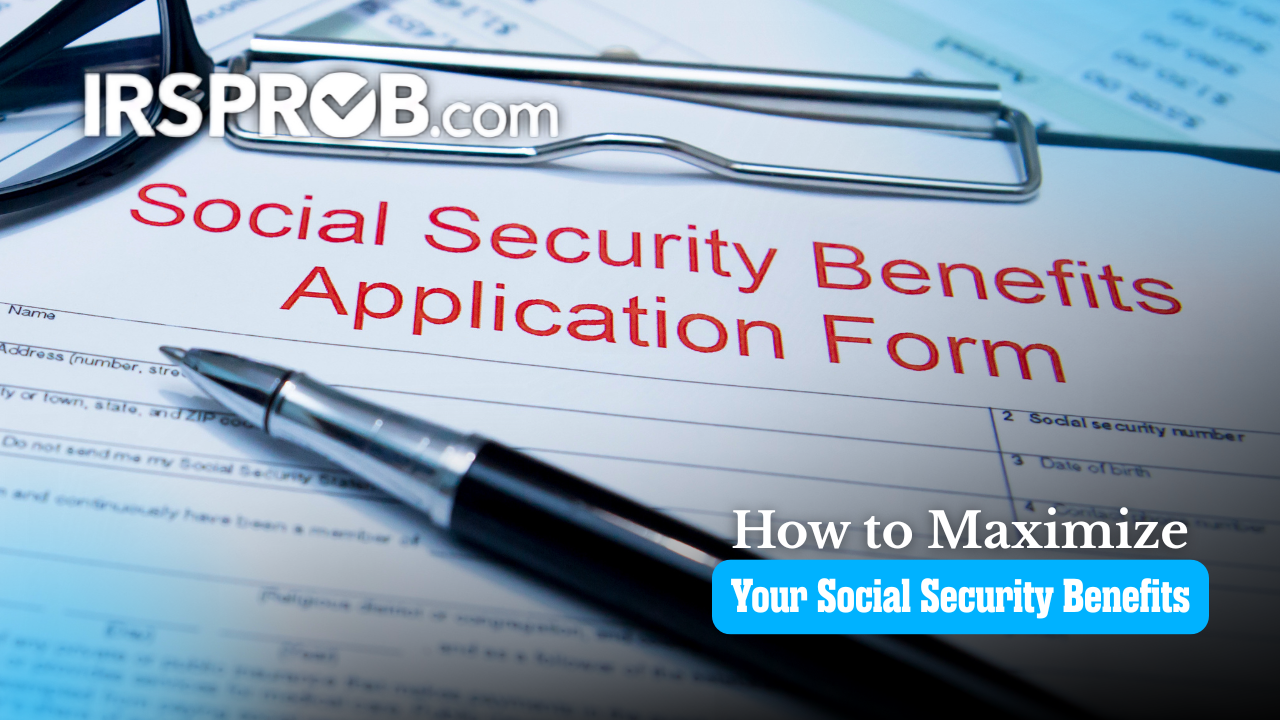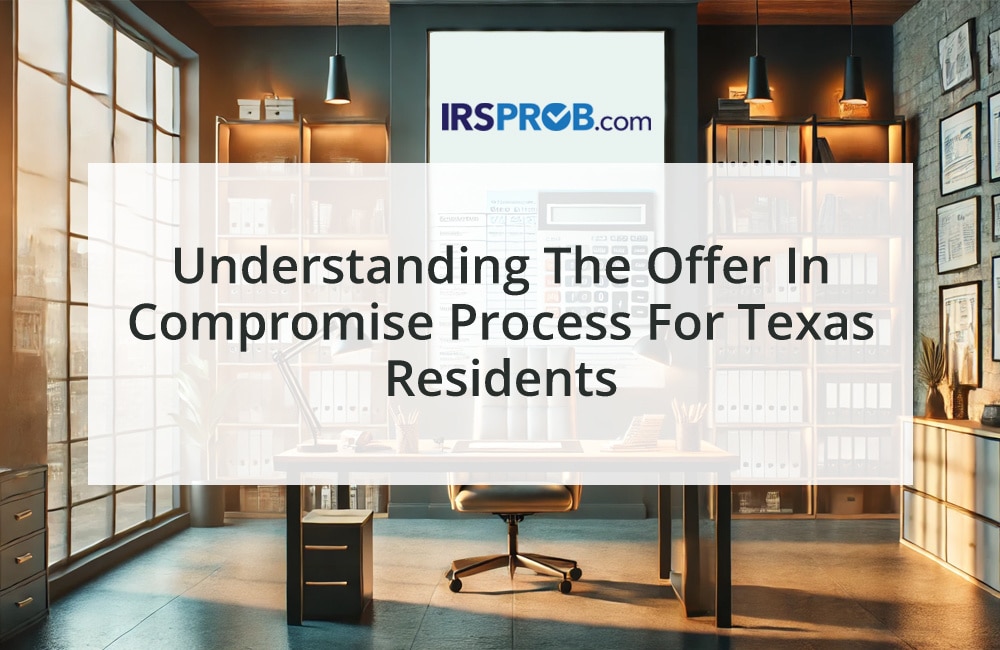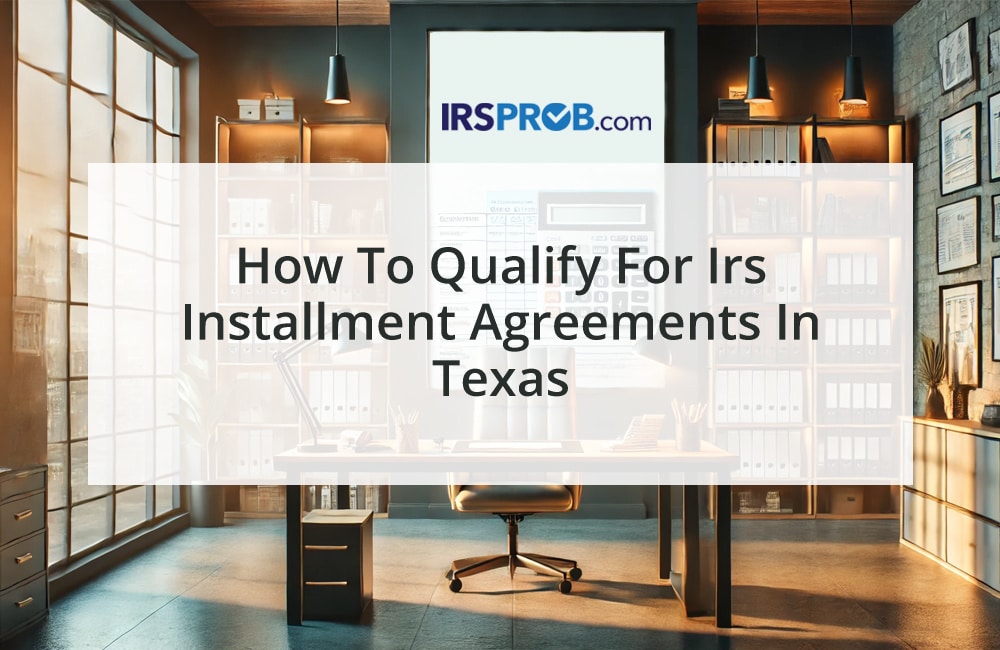Understanding Innocent Spouse Relief
Tax responsibilities can often prove complicated, especially for married couples filing jointly. If your spouse or ex-spouse left you facing an unjust tax burden without your knowledge, IRS provides a solution – The Innocent Spouse Relief.
Innocent Spouse Relief allows a spouse to be relieved from tax liability resulting from errors in a joint tax return that they were unaware of. It serves as a lifeline for spouses who found themselves trapped in tax dilemmas due to the actions of their partners.
Eligibility for Innocent Spouse Relief
It is important to understand the eligibility criteria to capitalize on Innocent Spouse Relief:
– You filed a joint return which has an understatement of tax attributable to your spouse’s incorrect tax return.
– At the time you signed the joint return, you did not know, and had no reason to know, of the understatement.
– Considering all the facts and circumstances, it would be unfair to hold you liable for the understatement.
Exploring Your Options
If you find yourself potentially eligible for Innocent Spouse Relief, start by filing Form 8857, Request for Innocent Spouse Relief1. To be considered, the form must be filed no later than 2 years after the IRS’s first attempt to collect the tax. You can also use the IRS’s Innocent Spouse Tax Relief Eligibility Explorer to help determine your eligibility.
Securing Your Financial Future
Being saddled with the aftermath of a tax mess created by a spouse or ex-spouse can be overwhelming. Fortunately, Innocent Spouse Relief is here to provide a beacon of hope. If you qualify for relief, remember to consult with an experienced tax attorney to ensure your rights are fully protected. With proper assistance, you can navigate through this issue and secure a favorable resolution.









